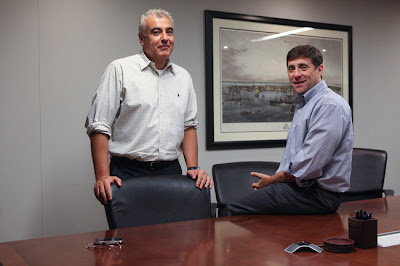Singapore's GIC Raising Cash to Crisis Levels?

Kyunghee Park and Weiyi Lim of Bloomberg report, Singapore’s GIC Boosts Cash to Levels Exceeding 2008 Crisis : Government of Singapore Investment Corp., managing more than $100 billion, boosted cash to levels exceeding the 2008 global financial crisis as it pared stocks and bonds, reducing its holdings in Europe. Cash allocation almost quadrupled to 11 percent of its portfolio in the year ended March from 3 percent a year earlier, GIC, as the sovereign wealth fund is known, said in its annual report. Stocks fell to 45 percent from 49 percent as it pared equities in developed markets, while bonds dropped to 17 percent from 22 percent. GIC is reducing its investments as the MSCI World Index (MXWO) posted its biggest slump since the 2008 global financial crisis and market volatility reached the highest level in more than two years. Trading options have become limited for government funds seeking to preserve capital as policy makers across the world prepare for a deeper impact from Euro...





